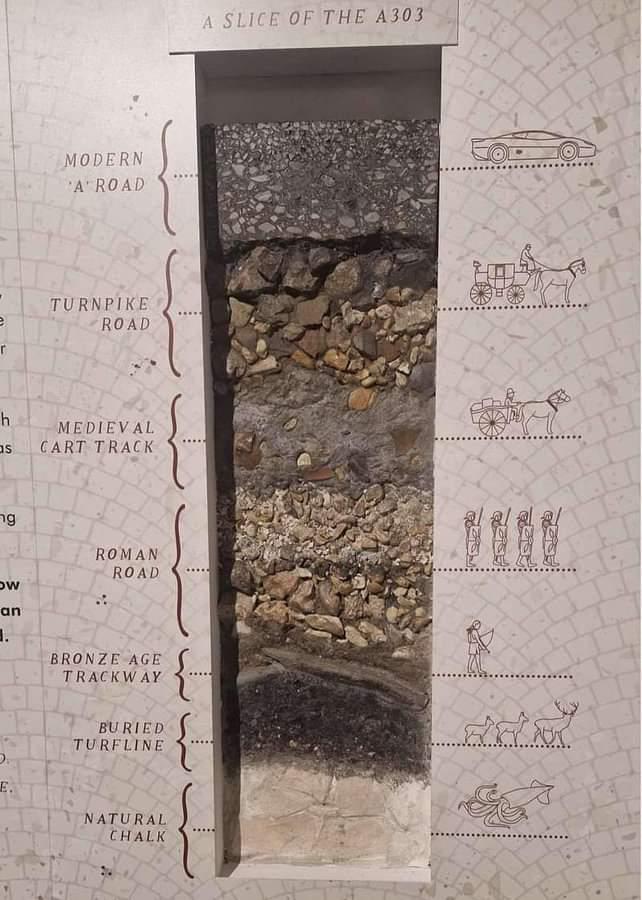this post was submitted on 27 Aug 2024
438 points (98.5% liked)
interestingasfuck
1297 readers
1 users here now
Please go to !interestingshare@lemmy.zip
founded 1 year ago
MODERATORS
you are viewing a single comment's thread
view the rest of the comments
view the rest of the comments

When they were built, they were probably on top.
Understood. So are the current roads feet above the ground? If not, why are the others so far down?
I also assume this means you don't actually have a link explaining this.
I don't have a link for you or anything but just want to point out that it's not just roads that are covered over time, otherwise archeology would be basically non-existent. For example, if ancient Roman stuff is commonly found in the UK ~5 ft or more under the ground, it makes sense that the roads would also be 5 ft under ground.
A lot of the roads that the Roman's used are routes that are still in use today. If you're going to pave a road from point A to point B, and there is already an old road there, might as well just build the new road right on top of the old one. You even out the sides of the road when building it, add some natural/artifical sedimentation over the next hundred years, and boom, the road and the whole area around the road is a few inches higher than it used to be.
This happens a few times over a few centuries and you end up with something that looks like the above. I'm not saying that that is an actual slice of a real road, but I don't think that it necessarily means that it's not possible.
https://www.yac-uk.org/news/ask-the-archaeologist-why-are-the-things-from-the-olden-days-under-the-ground